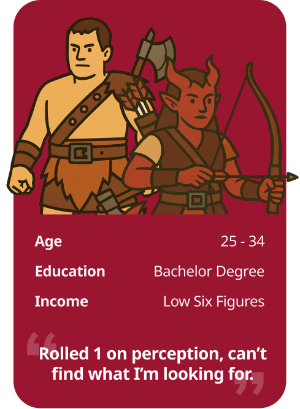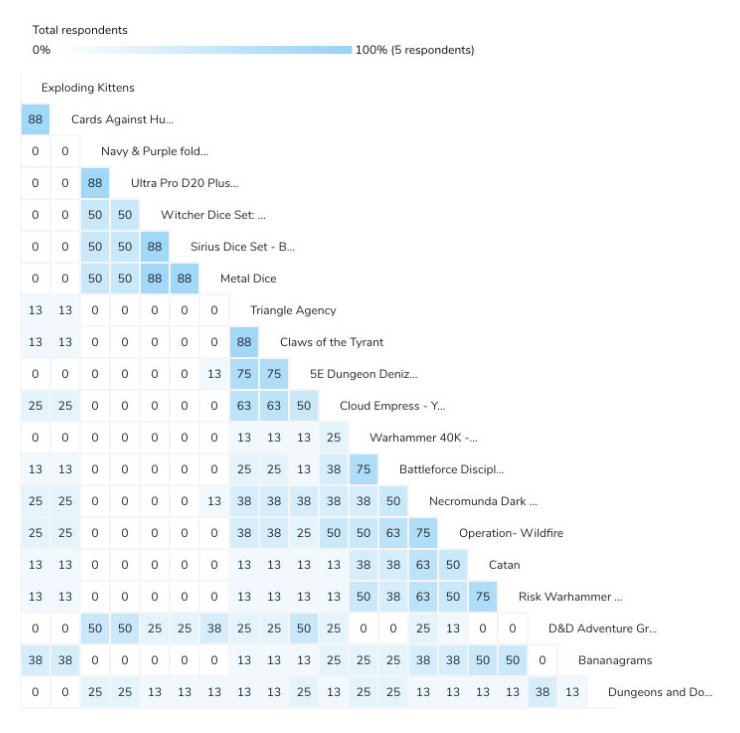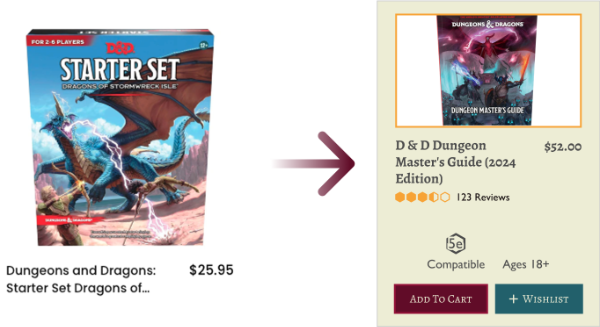As fans of tabletop role-playing games (TTRPGs) know, a good story is everything. That applies to design too.
For this project, I was tasked to take a local small business, and elevate its online shopping experience. The goal? Keep the soul of a small, community-focused shop—while giving users a smoother, smarter, and more immersive digital journey.
The project asked to take a hard look at the store's usability, restructure its information architecture, and design a mid-fidelity prototype that could be tested and refined.




